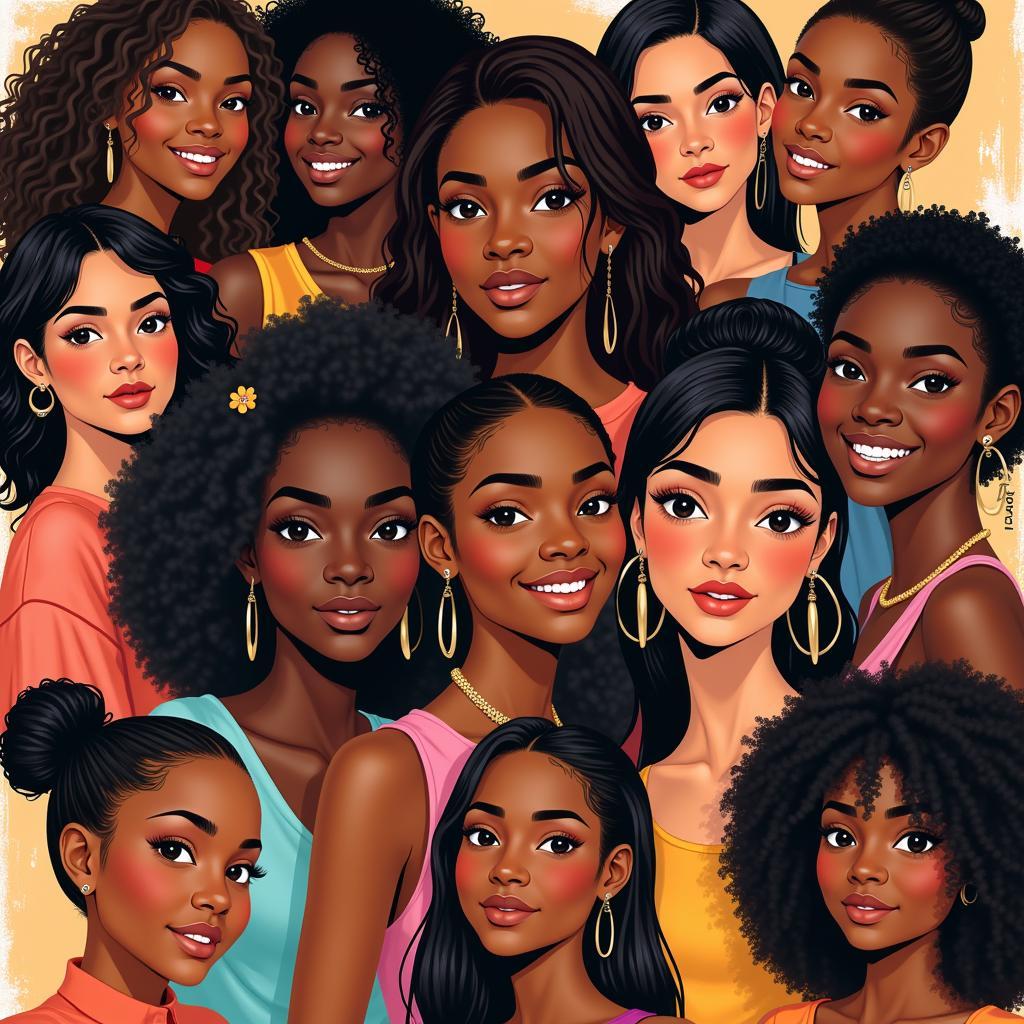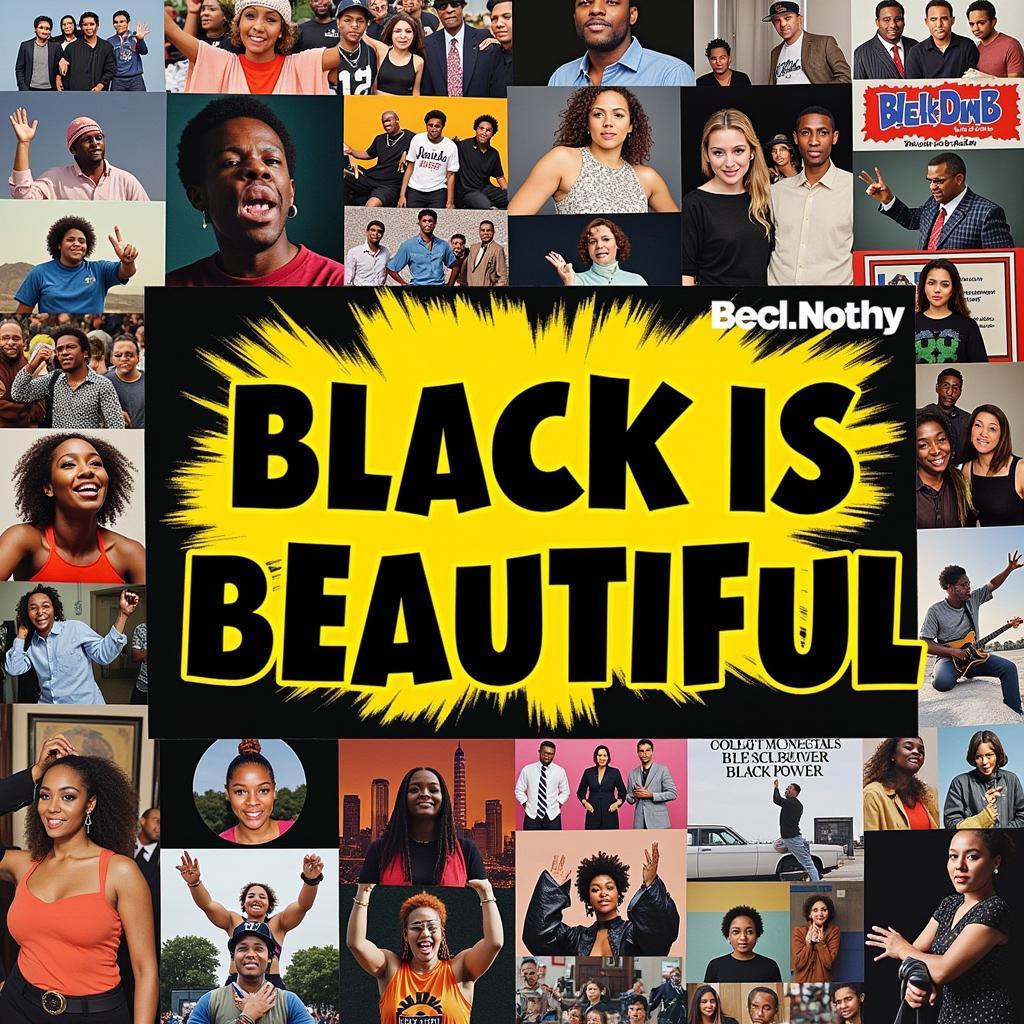Understanding the African American Phenotype
The term “African American Phenotype” refers to the observable physical characteristics that are commonly associated with individuals of African descent in the United States. It’s important to understand that this term encompasses a wide range of features and reflects the rich genetic diversity within the African diaspora. While generalizations can be misleading, exploring common phenotypic traits provides insight into the complex interplay of genetics, history, and cultural identity.
The Spectrum of Features within the African American Phenotype
The most recognized features associated with the African American phenotype include:
- Skin color: Ranging from deep ebony to lighter brown tones.
- Hair texture: Typically characterized by tight curls, coils, or waves.
- Facial features: Often including a wider nose, fuller lips, and more prominent cheekbones.
It’s crucial to note that these characteristics exist on a spectrum, with significant variation within the African American community. This diversity stems from generations of intermixing with various populations throughout history, including European, Native American, and other African ethnicities.
 Celebrating African American Diversity
Celebrating African American Diversity
The Historical Influence on the African American Phenotype
The African American phenotype is inextricably linked with the transatlantic slave trade. During this tragic period, millions of Africans from diverse ethnic groups were forcibly transported to the Americas. This displacement led to the mixing of different genetic lineages, contributing to the unique phenotypic variations observed today.
Moreover, the historical context of slavery and segregation played a significant role in shaping perceptions of beauty and physical characteristics. Eurocentric standards of beauty often marginalized African features, leading to discrimination and prejudice. However, the Black Power movement of the 1960s and 70s challenged these narrow ideals, fostering a sense of pride and appreciation for African American beauty.
 The Power of "Black is Beautiful"
The Power of "Black is Beautiful"
Genetic Variation and the African American Phenotype
From a scientific perspective, the concept of race is a social construct with no fixed biological basis. Genetically, humans are remarkably similar, with the vast majority of our DNA shared across populations. However, small variations in our genes contribute to the physical differences we observe, including those associated with the African American phenotype.
Research suggests that certain genes, like those influencing skin pigmentation and hair texture, show greater variation in African populations compared to other continental groups. This genetic diversity within Africa itself contributes to the wide range of phenotypic expression within the African American community.
The Importance of Representation and Celebrating Diversity
Understanding the African American phenotype requires a nuanced approach that acknowledges both its historical context and scientific underpinnings. It’s crucial to move beyond simplistic generalizations and appreciate the rich tapestry of features that make up this diverse community.
Promoting positive representation and celebrating the beauty of all individuals, regardless of their physical characteristics, is essential for fostering a more inclusive and equitable society. Recognizing the historical and social factors that have shaped perceptions of beauty allows us to challenge biases and embrace the full spectrum of human diversity.
Conclusion
The African American phenotype, a testament to resilience, adaptation, and the rich tapestry of human ancestry, serves as a visual reminder of the complex history and cultural legacy of African Americans. By embracing diversity, challenging biases, and fostering inclusivity, we can create a society that values and celebrates the beauty of all individuals.



